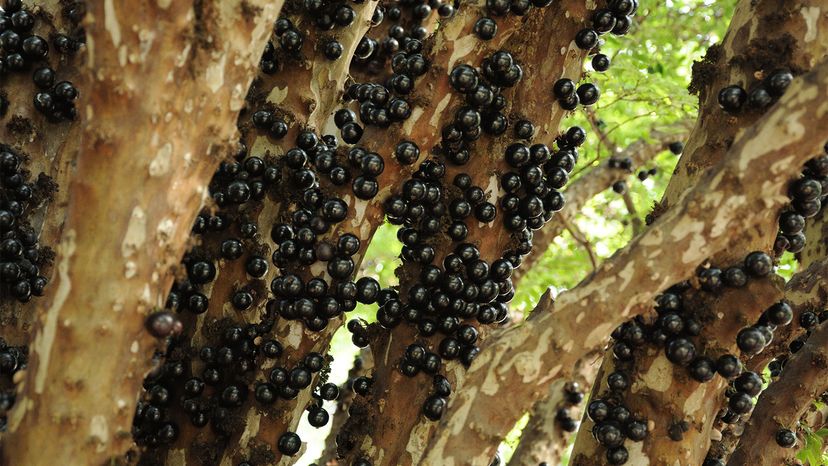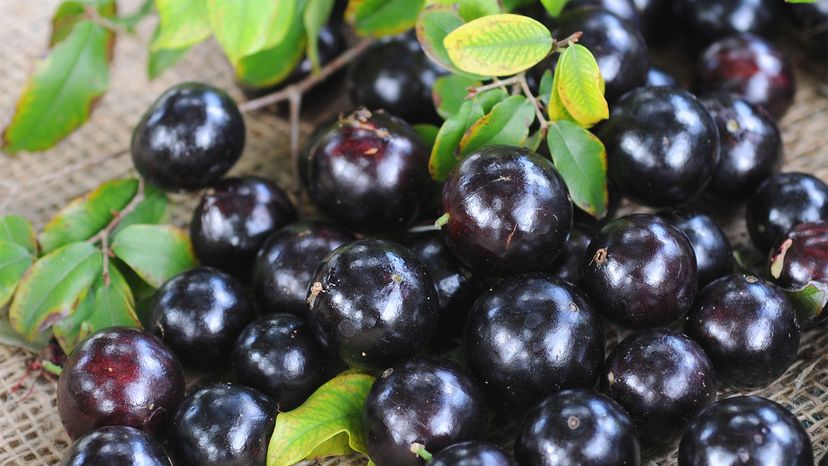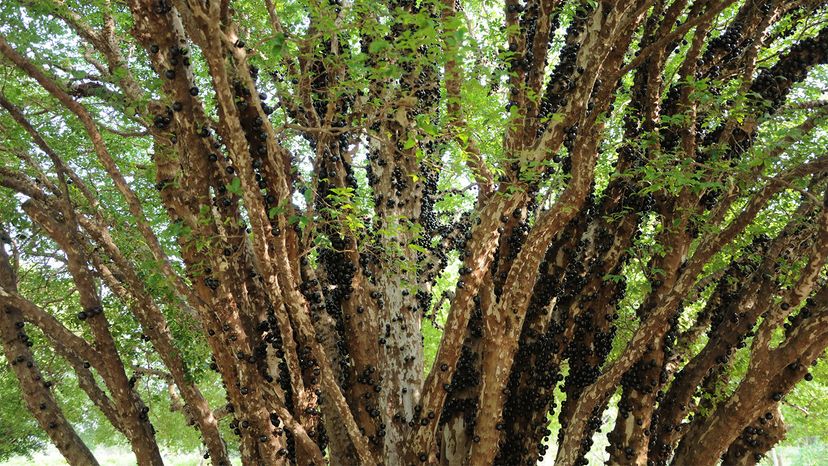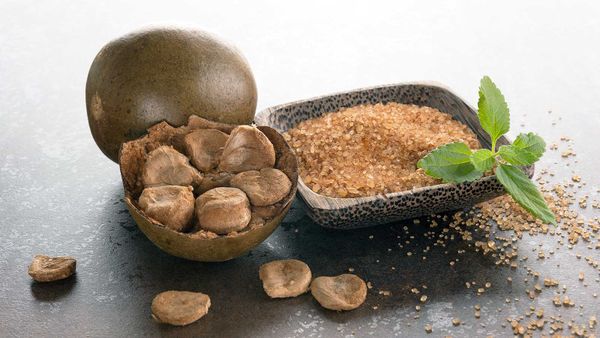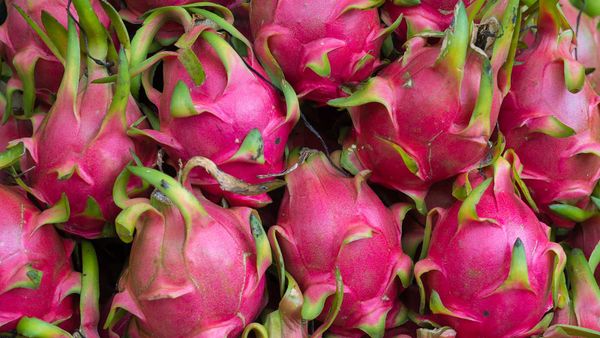The edible jabuticaba berries have a thick skin, which sometimes is removed before eating because of its tartness. The interior pulp, however, is white and gelatinous, tasting quite sweet with notes of spice.
For those familiar with the flavor profile of muscadine grapes, which have been described by NPR as "the best grapes you've never tasted," the jabuticaba berry is taste-adjacent, a sweet and juicy globe-like fruit but with the added benefit of a pleasant acidity. Like the muscadine grape, jabuticaba berries have seeds, but fewer; only one to four seeds are nestled at the end of one of its hemispheres.
When freshly picked, jabuticaba berries are typically eaten raw. Once harvested, the berries begin to ferment after only a couple of days, which makes preserving them in jams, jellies, juices, liqueurs and wines essential. In fact, jabuticaba berries are a key ingredient in one of Brazil's most popular cocktails, the caipirinha.
